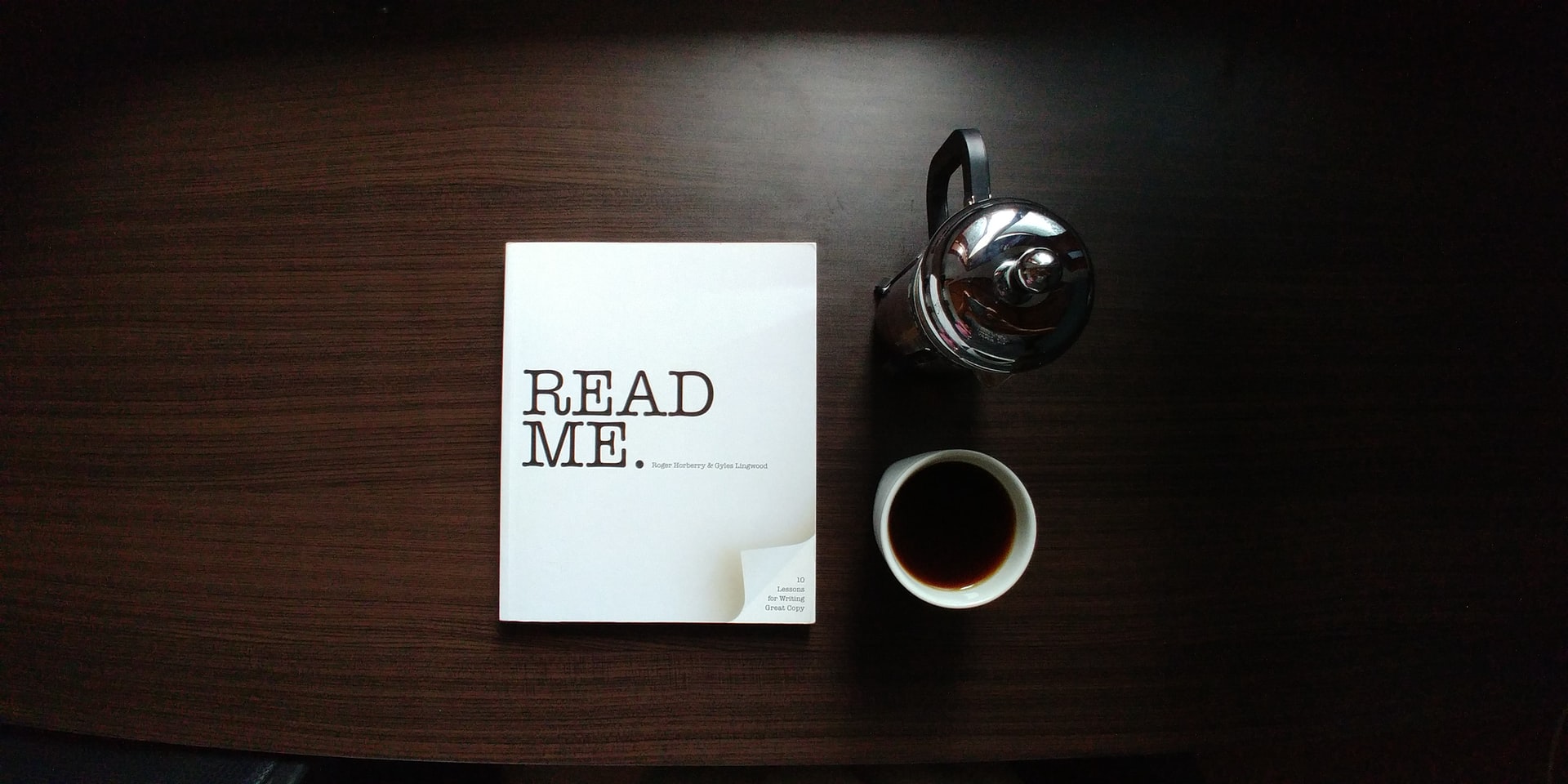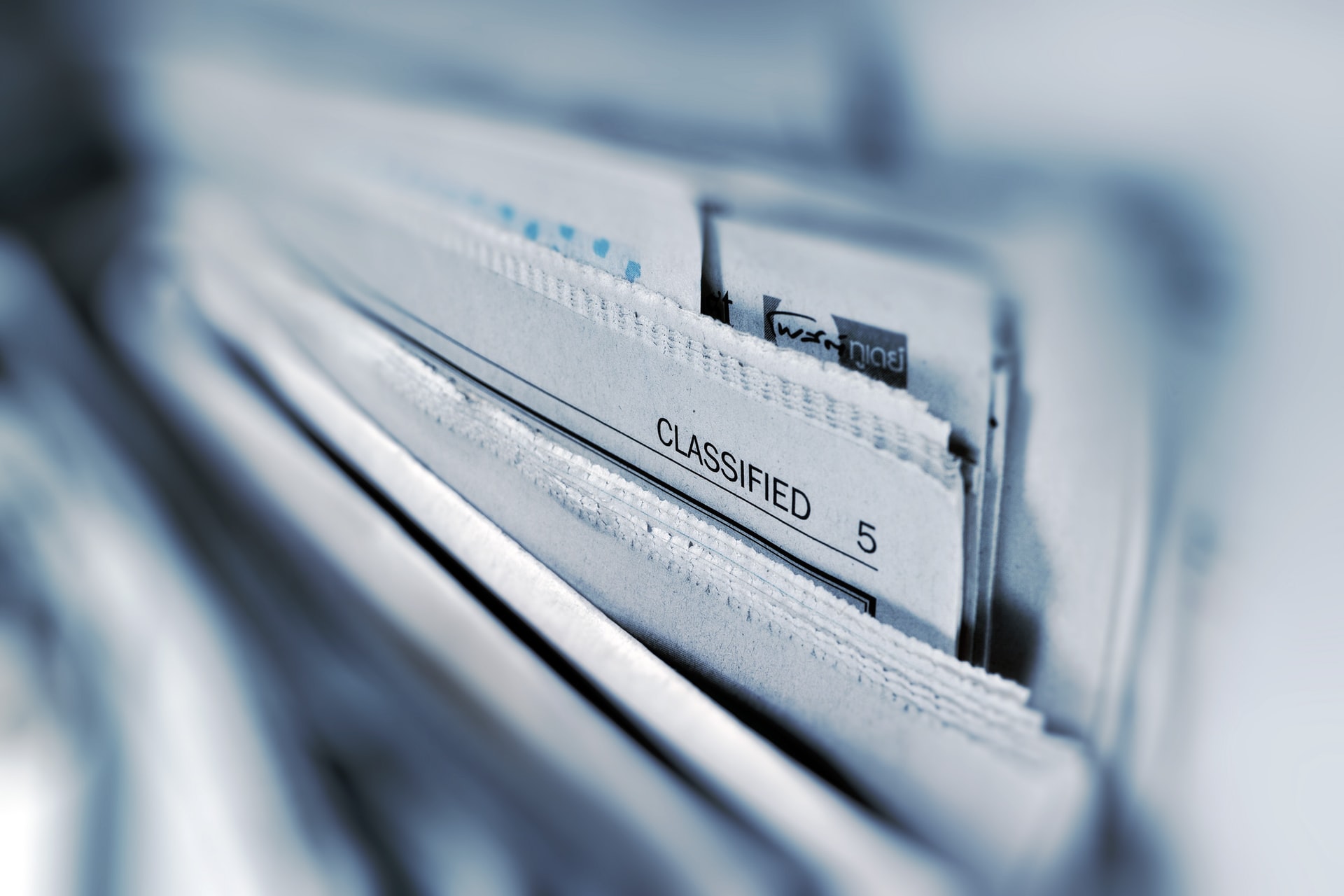Successful media outreach requires more than just dry facts. It is important to be able to present a story that will intrigue journalists and readers. We will look at strategies for creating press releases that will attract attention but also inspire action.
What is a press release?
A press release is a concise message addressed to the media, presenting significant events in the life of an organisation. Its purpose is to communicate the news in a way that encourages journalists to share it with a wider audience. According to research conducted by the Institute of Media Monitoring, only 10-15% of press releases translate into media publications. This shows how important it is to prepare a news release properly so that it stands out from the hundreds of others that arrive in the editorial offices every day.
The press release acts as a bridge between the organisation and the media. If well constructed, it becomes a catalyst for wider media discussion, building brand credibility and shaping its image in the eyes of the public. An important aspect of a press release is its timeliness. Journalists are looking for fresh, interesting topics that may interest their audience. The press release should focus on recent events, innovations or changes in the organisation that have the potential to become news.

A press release, however, is not just dry facts. It is a story about a company, its products or services, presented in the context of wider market or social trends. A skilful combination of data and narrative increases the chances of media interest and a broad reach to the target audience.
Elements of a press release
The structure of a press release is based on the principle of an inverted pyramid. This means that we put the most important information at the beginning and then develop the topic by adding more and more detail.
- Headline - a concise, catchy title to catch the journalist's attention.
- Lead - the first paragraph containing the essence of all the information.
- Develop - a detailed description of the event or product.
- Quote - a statement by a company representative or expert, adding credibility.
- Boilerplate - brief company description.
- Contact details

The length of the press release should be adapted to the needs of the media. The entire release should not exceed one A4 page. Journalists value conciseness and concreteness, so it is a good idea to focus on the most relevant facts, avoiding unnecessary details or marketing jargon. The style of the press release should be neutral and to the point. Avoid overly emotional language or excessive boasting. Instead, focus on presenting facts and data that are in themselves convincing to the audience. It is also worth ensuring that the file format is appropriate. Most journalists prefer to receive press releases in .doc or .rtf format, as this allows them to copy and edit the text easily.
How to write an effective press release?
It is important to answer six basic questions: who, what, when, where, why and how. This method is known as 5W+H principle, allowing for a comprehensive coverage of the topic.
- Let's start with the title. It should be concise yet intriguing. Avoid generalities in favour of specifics. Instead of "Company X introduces a new product", write "Company X revolutionises the market with the world's first biodegradable smartphone".
- The lead, or first paragraph of a press release, should contain the essence of the entire message. It is these first sentences that determine whether a journalist will read on. It is worth including answers to the most important questions: who, what and why.
- In developing a press release, let's focus on facts and data. Statistics, research results or concrete figures will add credibility to our message. However, remember to present them in context, showing their relevance to the industry or society.
- A quote from a company representative or industry expert adds a human dimension to the message. It should both comment on the event being described, but also provide additional value, for example by providing a broader perspective or future projections.
- Visual elements are worthwhile. Infographics, photos or short videos can significantly increase the attractiveness of a press release. Remember, however, that they should be of high quality and directly related to the topic of the release.
- The end of the press release should include a call-to-action. This could be an invitation to a press conference, a link to additional material or an invitation to contact for further information.
Did you know that content is more important today than ever?
We know everything about creating press releases!
The most common mistakes when writing a press release
Creating press releases involves the risk of making certain mistakes that can significantly reduce the effectiveness of our message. One of the most common mistakes is lack of specifics. Press releases full of generalities and empty platitudes quickly land in the bin. Instead of writing about "innovative solutions" or "breakthrough technologies", let's focus on concrete examples and figures. Let's show how our actions translate into real benefits for customers or society.
Another problem is too promotional in tone. A press release is not an advertisement. Journalists are looking for news, not marketing material. Instead of boasting, let's focus on presenting the facts and let them speak for themselves.
Ignoring the inverted pyramid principle is another common mistake. Putting the most important information at the end of an announcement significantly reduces the chances of it being published. Journalists reviewing dozens of news items a day often read only the first paragraphs. If they do not find anything interesting in them, they are unlikely to read further.
It is also wrong ignoring the needs and specificities of different media. A press release aimed at a business daily will differ from one aimed at a lifestyle magazine. Adapting the content and style to a specific audience increases the chances of publication.
How to distribute press releases?
Creating a good press release is only half the battle. The next challenge is to distribute it properly. How do you do this?
- It is worth creating your own database of media contacts. This should include journalists who specialise in topics related to our industry. Regularly following publications and establishing personal relationships with media representatives can significantly increase the effectiveness of our PR activities.
- Timing of the press release is also very important. Avoid sending releases on Friday afternoons or just before the holidays, when editors are working at slow speeds. The optimal time is usually Tuesday or Wednesday morning, when journalists are planning topics for the coming days.
- Personalisation of communication is another important aspect. Instead of a mass mailing, it is worth tailoring the content of the email to a specific journalist or editor. Referring to previous publications or the interests of the medium in question increases the chances that our message will be positively received.
- It is also worth considering the use of professional press release distribution services. They usually offer a wide reach and tools to analyse the effectiveness of our actions.
- Follow-up is an often overlooked but important element of distribution. A gentle reminder of a press release that has been sent out, preferably combined with an offer of additional material or an interview, can determine publication.
- Also remember to use your own communication channels. Posting a press release on your company website or social media increases its reach and can attract the attention of journalists looking for topics online.
The effective creation and distribution of press releases requires a strategic approach, knowledge of the needs of the media and continuous improvement of the craft. Each press release is an opportunity to build relations with journalists and shape our brand image. Let's use it wisely and the results may exceed expectations!

